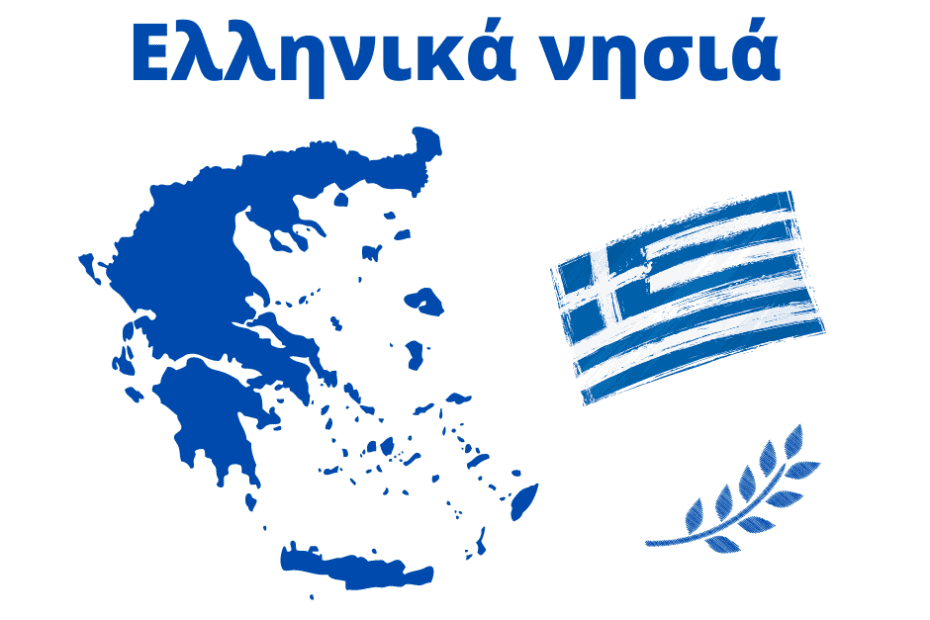Summer has already come and many people are planning their holidays. Let us see together how the Greek islands are divided and what is the name of the group they belong to.
In Aegean Sea, «Αιγαίο πέλαγος» (eghéo pélaghos), we have the following:
- Κυκλάδες (kikláthes) / Cyclades, because they form a circle, such as Νάξος (náxos), Σαντορίνη (sadoríni), Μύκονος (míkonos)
- Σποράδες (sporáthes) / Sporades, because they are found sporadically, such as Σκιάθος (skiáthos), Σκόπελος (skópelos)
- Δωδεκάνησα (thothekánisa) / Dodecanese, meaning “twelve islands”, such as Ρόδος (róthos), Κως (kos), Κάλυμνος (kálimnos)
- Νησιά του Αργοσαρωνικού (nisiá tu arghosarinkú) / Argo-Saronic Islands, such as Σαλαμίνα (salamína), Αίγινα (éghina)
- Νησιά του Βορειοανατολικού Αιγαίου (nisiá tu vorioanatolikú eghéu) / North Aegean islands, such as Λέσβος (lésvos), Χίος (híos)
- Εύβοια (évia) / Euboea
- Κρήτη (kríti) / Crete
In Ionian Sea, «Ιόνιο πέλαγος» (iónio pélaghos), we have the so called «Επτάνησα» (eptánisa), literally meaning “seven islands” including Κέρκυρα (kérkira), Λευκάδα (lefkátha) etc.
There is still a plethora of islands that are located very close to the mainland coasts, the most important of which is Ελαφόνησος (elafónisos) at the southeastern tip of the Peloponnese.
Fun fact: The catalogues list somewhere around 1,200 to 6,000 islands and islets in Greece! In the archive of the number of inhabited islands, we find somewhere around 166 and 227 islands!
As you can see, there’s a huge variety. Give them a go!
